I work with a variety of instruments, and one is particularly troublesome in that the exported data is in XLS or XLSX format with multiple pages, and multiple columns. I only want some pages and some columns, I have achieved reading this into pandas already.
I want to convert time (see below) into a decimal, in hours. This would be from an initial time (in the time stamp data) at the top of the column so timedelta is probably a more correct value, in hours. I am only concerned about this column. How to convert an entire column of data from one format, to another?
date/time (absolute time) timestamped format YYYY-MM-DD TT:MM:SS
I have found quite a few answers but they don't seem to apply to this particular case, mostly focusing on individual cells or manually entered small data sets. My thousands of data files each have as many as 500,000 lines so something more automated is preferred. There is no upper limit to the number of hours.
What might be part of the same question (someone asked me) is this is already in a Pandas dataframe, should it be converted before or after being read in?
This might seem an amateur-ish question, and it is. I've avoided code writing for years, now I have to learn to data-wrangle for my job and it's frustrating so go easy on me.
Going about it the usual way by trying to adapt most of the solutions I found to a column, I get errors
**This is the code which works
import pandas as pd
import matplotlib.pyplot as plt
from pathlib import Path
from datetime import datetime # not used
import time # not used
import numpy as np # Not used
loc1 = r"path\file.xls"
pd.read_excel(loc1)
filename=Path(loc1).stem
str_1=filename
df = pd.concat(pd.read_excel(loc1, sheet_name=[3,4,5,6,7,8,9]), ignore_index=False)
***I NEED A CODE TO CONVERT DATESTAMPS TO HOURS (decimal) most likely a form of timedelta***
df.plot(x='Relative Time(h:min:s.ms)',y='Voltage(V)', color='blue')
plt.xlabel("relative time") # This is a specific value
plt.ylabel("voltage (V)")
plt.title(str_1) # filename is used in each sample as a graph title
plt.show()

